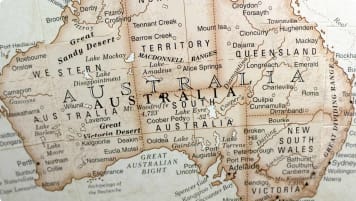Questions about Australia: A Definitive Guide for Travellers
Questions About Australia for senior travellers Odyssey Traveller specialises in crafting unforgettable experiences for senior and mature-aged travellers interested in learning as a couple or as a solo traveller when they travel. Providing adventure and…
21 Jul 20 · 2 mins read
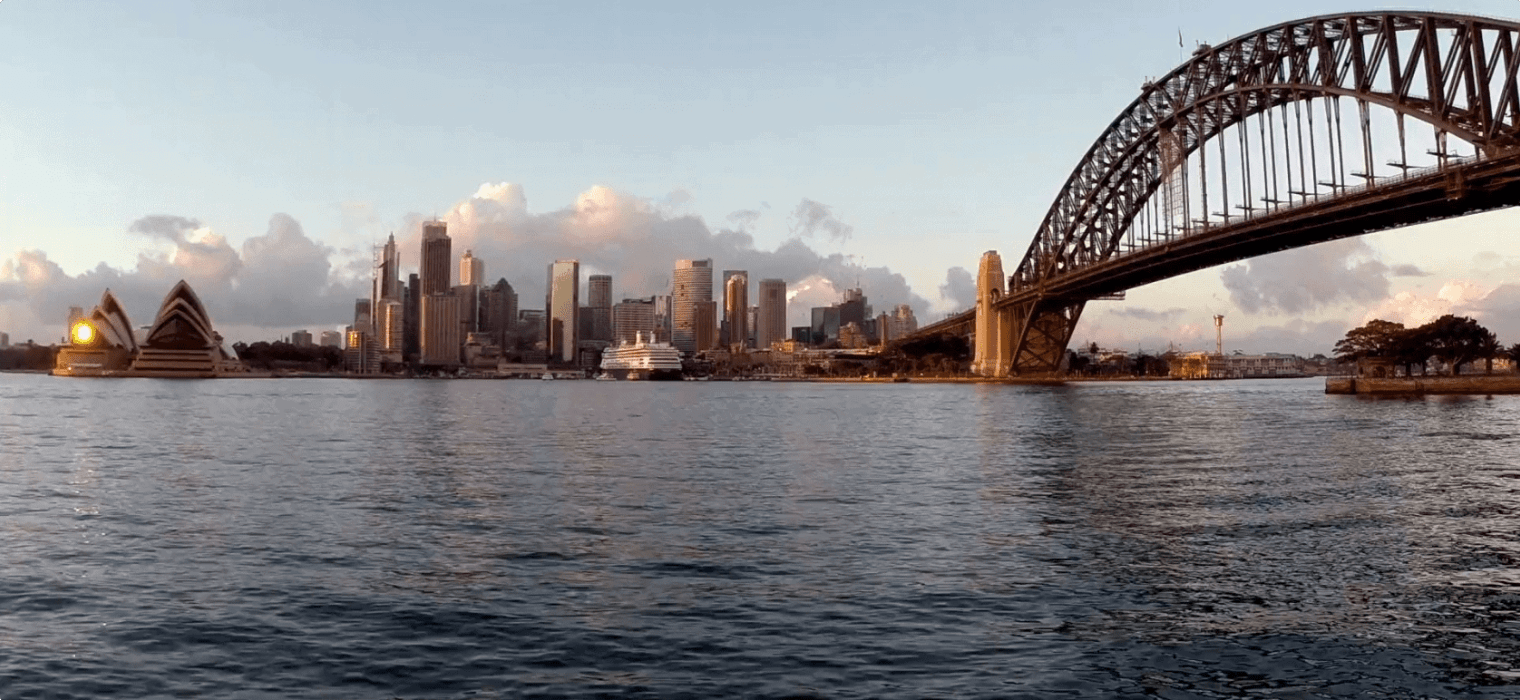
Questions About Australia for senior travellers
Odyssey Traveller specialises in crafting unforgettable experiences for senior and mature-aged travellers interested in learning as a couple or as a solo traveller when they travel. Providing adventure and educational programs to escorted small group tours for seniors since 1983. Odyssey has built up a reasonable knowledge bank to answer questions about Australia that travellers are likely to ask, as they make their plans to tour independently, or with us as part of a small group tour. We hope that this list of frequently asked questions and the answers we provide will help you with planning your next holiday.
Read on, but please do not hesitate to contact us via the website, or through email or chat if you have more questions about Australia or our other tours.
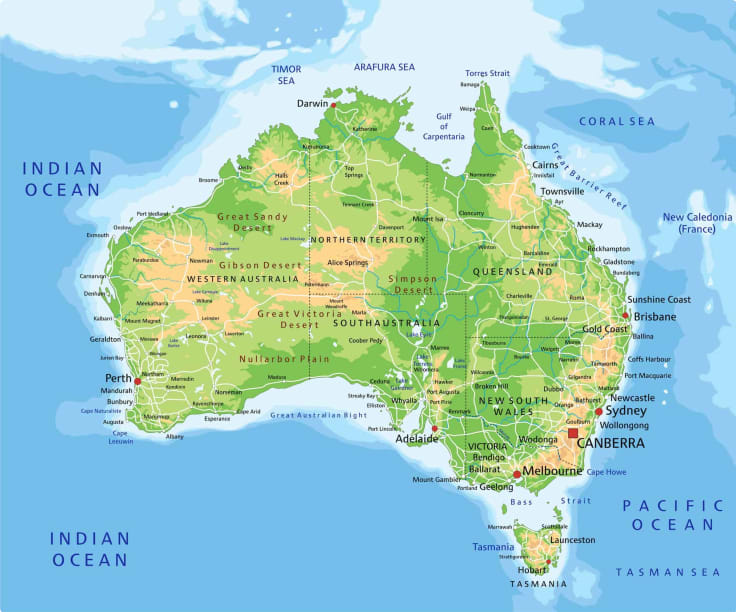
FAQs
Where is Australia located?
Australia is part of the geographic region Oceania (Australasia, Melanesia, Micronesia and Polynesia) and located between the South Pacific Ocean and the Indian Ocean. Australia is an island country, with no land boundary and the neighbouring countries of Australia are Papua New Guinea, Indonesia and East Timor in the north, Vanuatu and Solomon Islands in the northeast and New Zealand in the south east.
Australia is the 6th largest country in the world and covers an area of 7, 741, 220 sq. km.
Canberra is the capital city of the country and the popular tourist destination Sydney is its largest city.
How did Australia get its name?
For many centuries Europeans believed there must be a vast land in the southern hemisphere, variously called ‘Terra Australis Incognita’ or ‘Unknown South Land’. Australis’ is the Latin term for ‘southern.’
Dutch navigators charted the northern, western and southern coasts of Australia during the 17th Century and named the continent Nova Hollandicus (New Holland).
The eastern section of the continent was named ‘New South Wales‘ by James Cook. The southern coast, and the actual extent of the continent remained ‘unknown’ until Flinders’ voyage. The British navigator and cartographer Matthew Flinders (1774 – 1814) were the first to circumnavigate the continent in 1803 and used the name ‘Australia’ to describe the continent on a hand drawn map in 1804.
It was the English explorer Matthew Flinders who made the suggestion of the name we use today. He was the first to circumnavigate the continent on his third voyage to Australia, in 1803, and used the name ‘Australia’ to describe the continent on a hand drawn map in 1804. The National Library holds a reproduction.
When the map and book describing his journey was finally published in 1814 the name ‘Terra Australis’ was used instead, although Flinders stated that his preference was still ‘Australia’.
The earliest printing of this name was published in 1545, but it was not until 1824 the British Admiralty finally accepted that the continent should be known officially as Australia.

FAQs
When did Australia become a country?
Fifty million years ago the Australian continent broke away from the great southern landmass of Gondwanaland, which consisted of South America, Africa, India, Australia and Antarctica. This resulted in the evolution of vegetation and wildlife which is substantially unique.
It was thought that the Aboriginal population may have lived in Australia for 50,000 years. However, recent evidence from the Kimberley region of Western Australia suggests much older human habitation.
The first known Europeans to land were Dutch. In 1606, William Jansz landed on the west coast of Cape York Peninsula. In April 1770, Captain James Cook in HMS Endeavour with the botanist Sir Joseph Banks landed in Botany Bay (NSW) and claimed the east coast for the English Crown. England needed new penal colonies, and the first shipload of Australian settlers were convicts, arriving with Governor Arthur Phillip on 26th January 1788 (now “Australia Day”).
In 1831, Western Australia became the second colony, followed by South Australia in 1836, Victoria in 1851, Tasmania in 1856, and Queensland in 1859.
The colonies, all of which had Westminster-style representative institutions by 1890, became one nation on 1 January 1901. The Commonwealth of Australia, with a federal structure, was established.
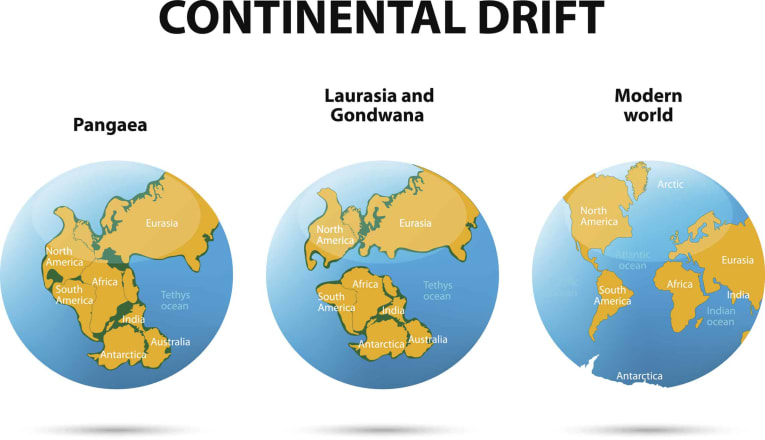
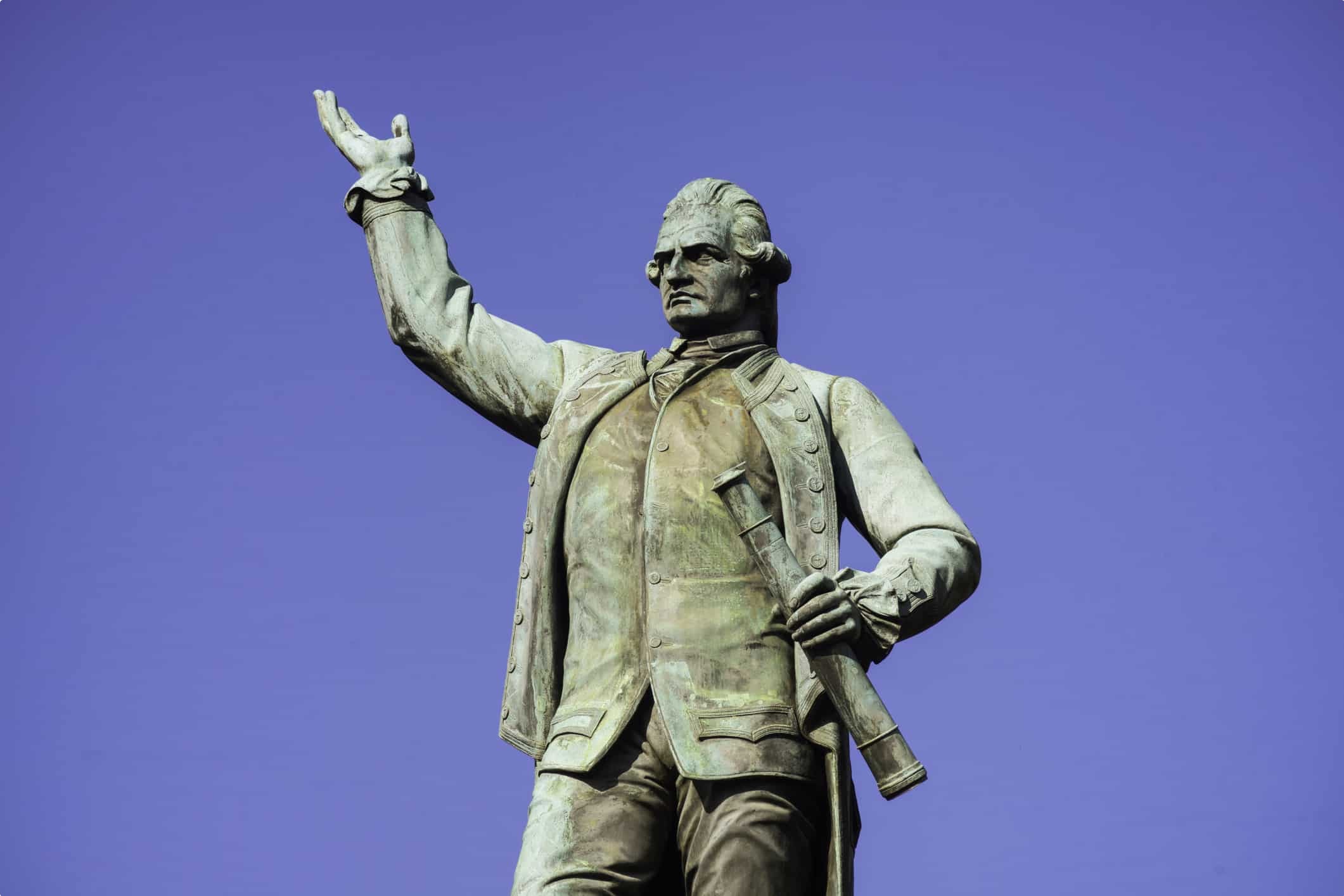
FAQs
What are the most famous natural highlights of Australia?
The great barrier reef: The world’s largest reef and visible from space. This reef is over 25 m million years old and has 400 different types of coral and 1500 species of fish. It is heavily threatened by the climate change and is expected to be totally gone by as early as 2050, unless drastic action is taken to halt the warmer climate.
Uluru: Also called Ayers Rock, is a massive sandstone monolith in the heart of the Northern Territory’s arid “Red Centre”. Uluru is sacred to the Pitjantjatjara Anangu, the Aboriginal people of the area. The area around the formation is home to an abundance of springs, waterholes, rock caves and ancient paintings. Uluru is listed as a UNESCO World Heritage Site.
Twelve Apostles: Continuously eroding limestone stacks that are viewable from the Great Ocean Road, off the Victorian coast, now only 8 left due to falling.
Fraser island: K’gari (meaning paradise) or “Fraser Island” is the traditional home of the Butchulla people. The world’s largest sand island (stretching 120 km) is located off Australia’s eastern Queensland coast. This World Heritage-listed island’s diverse landscapes and unique wildlife entices thousands of tourists to its shores each year.
Kakadu: Encompassing 20,000 square kilometres of tropical biodiversity, including 1,700 plant species, Kakadu lies 171 kilometres southeast of Darwin. Kakadu is Australia’s biggest national park where you will find ancient landscapes with thundering waterfalls, lush rainforests, wandering wetlands, exotic wildlife and ancient rock art.
Blue mountains: The Greater Blue Mountains Area was inscribed on the World Heritage List in 2000. Less than two hours’ drive west of Sydney, on the ridges of the Great Dividing Range, the limestone rock formation, the Three Sisters, rises from sandstone plateau and 760-meter-deep gorges. A blue haze blankets the region when viewed from a distance, hence the name Blue Mountains. Forests of eucalyptus and gum trees grow in the area.
The Kimberley: Three times larger than England and with a population of less than 40,000, the Kimberley region – spread over Australia’s entire north-western corner – is one of the world’s last wilderness frontiers. The Kimberley today has one of Australia’s highest proportions of aboriginal inhabitants, with nearly half of the region’s population being indigenous. There are about 160 aboriginal communities and 30 different language groups in the area.
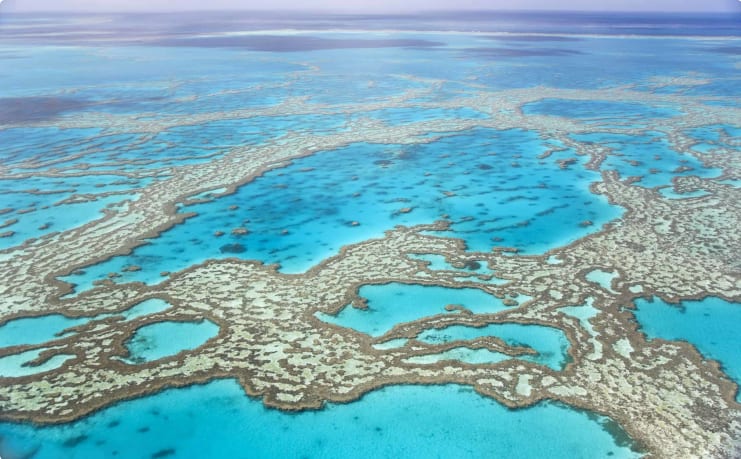
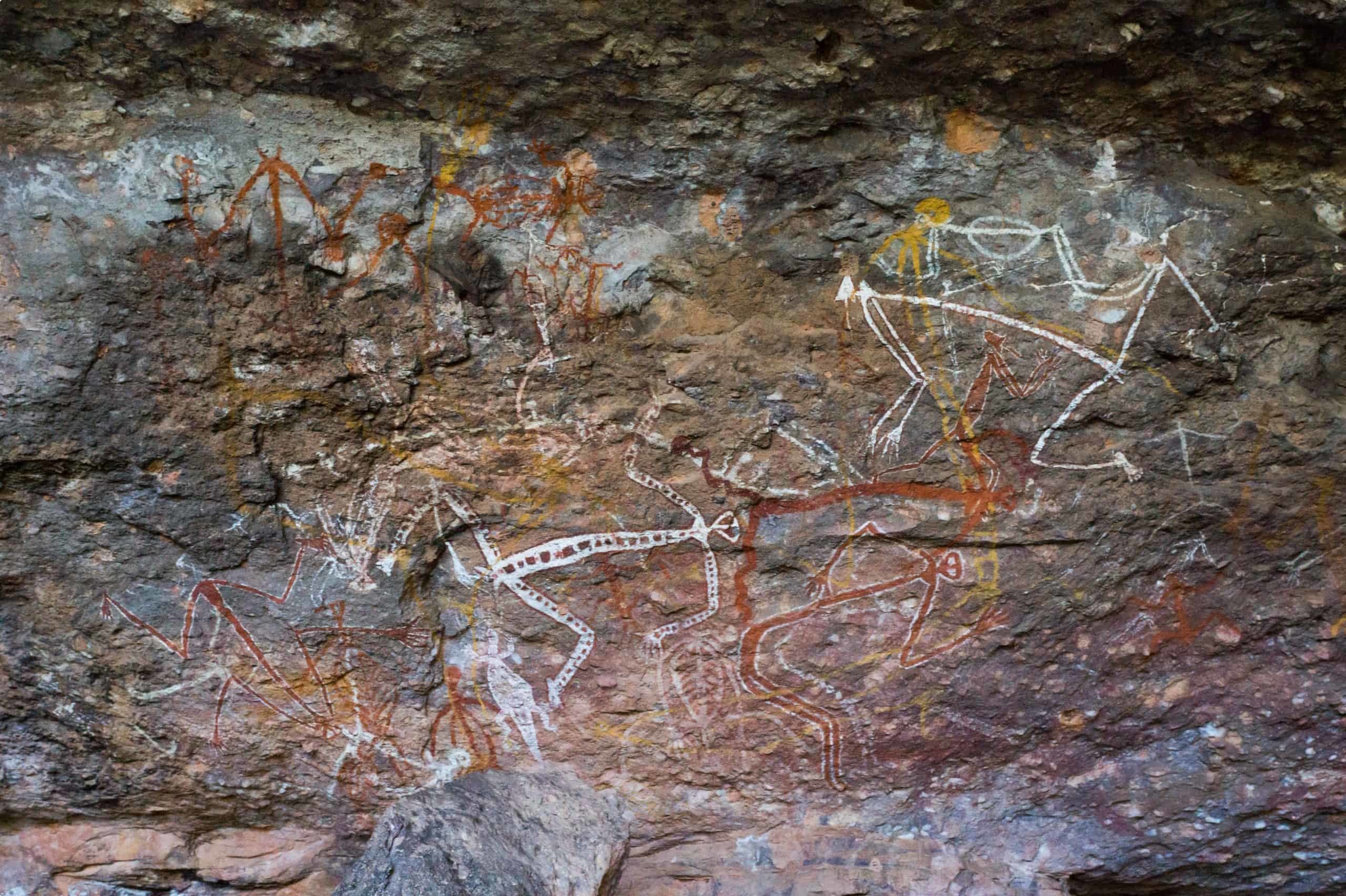
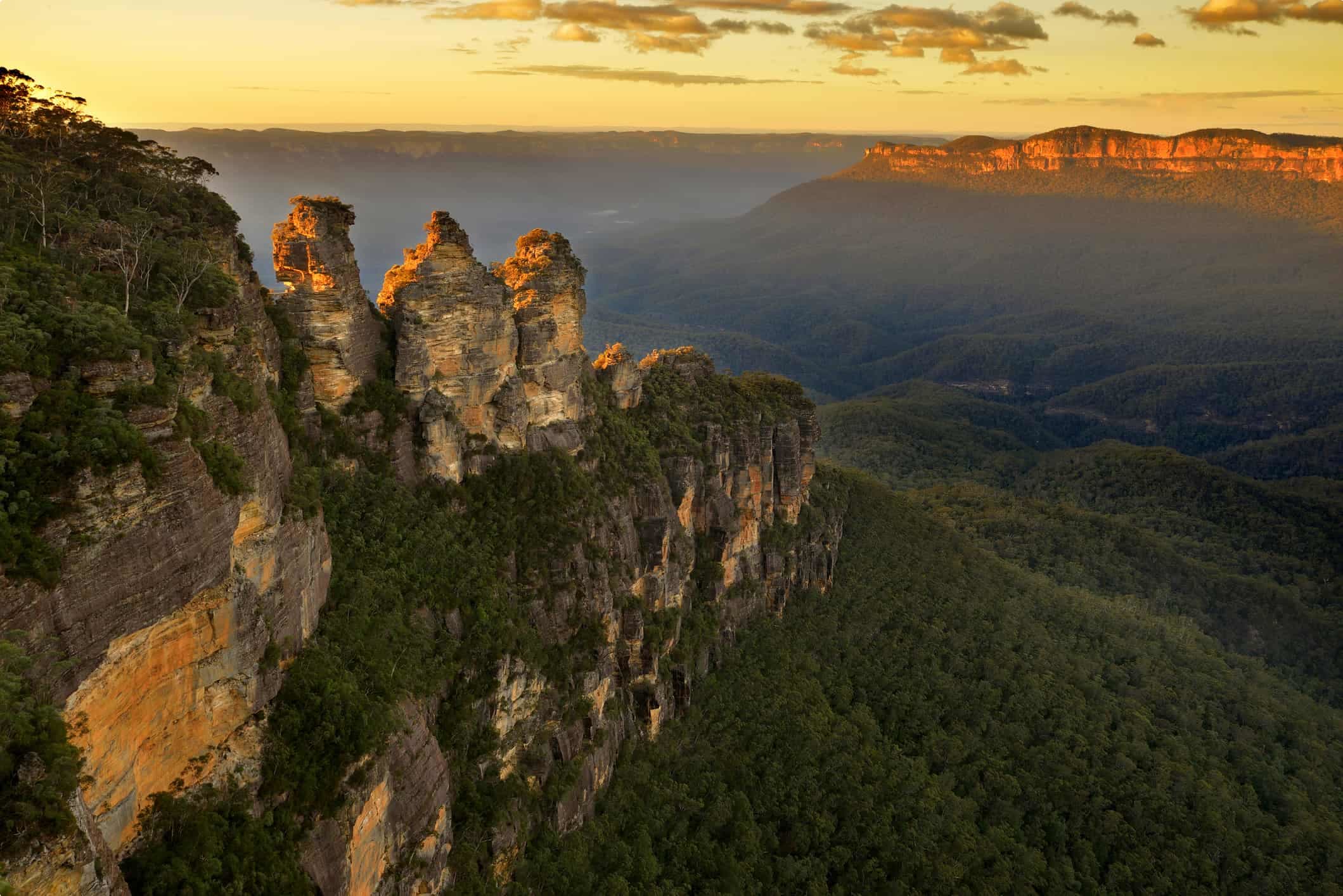
FAQs
Australia’s parliamentary system explained
The Australian Constitution of 1901 established a federal system of government. Under this system, powers are distributed between a national government (the Commonwealth) and the six States (The Australian Capital Territory and the Northern Territory have self-government arrangements).
The Parliament is at the very heart of the Australian national government. The Parliament consists of the Queen (represented by the Governor-General) and two Houses (the Senate and the House of Representatives). These three elements make Australia a constitutional monarchy and parliamentary democracy.
The Governor-General
The Governor-General is appointed by the Queen on the advice of the Prime Minister. The Governor-General performs a large number of functions which are defined by the Constitution but fall roughly into three categories: constitutional and statutory duties, formal ceremonial duties, and non-ceremonial social duties. On virtually all matters, however, the Governor-General acts on the advice of the Ministry.
The Senate
The Senate has 76 Senators – 12 are elected for each of the 6 states, and 2 each for the Australian Capital Territory and the Northern Territory. State Senators are elected for 6-year terms, territory Senators for 3-year terms.
Historically, the Senate has been regarded as a State’s House: The States enjoy equal representation in the Senate, regardless of their population, and State matters are still important to Senators.
The modern Senate is an immensely powerful Chamber. Bills cannot become law unless they are agreed to in the same terms by each House, except in the rare circumstances of a double dissolution followed by a joint sitting of both the houses
The Senate has a highly developed committee system and Senators spend much of their time on committee work.
The House of Representatives
The House of Representatives has 151 Members – each representing a separate electoral division. Members are elected for terms of up to 3 years.
The most distinctive feature of the House is that the party or group with majority support in the House forms the Government.
Members have many other functions. They are involved in law making, committee work and in representing their electors.
Why is Australia not a republic?
Republicanism was first supported in Australia before Federation in 1901.
Politically, republicanism is officially supported by the Labour and the Greens. Australian voters rejected a proposal to establish a republic with a parliamentary appointed head of state in a referendum held in 1999. This may have been mainly due to the fact that many on the “Yes” side voted “No” at the referendum in rejection of the proposed system of a parliamentary appointed head of state rather than being elected by the people. This was despite polls showing a majority of Australians supported the republic at the time

FAQs
Will I need a Visa to visit Australia?
Unless you are an Australian or New Zealand citizen, you will need a valid Australian visa to enter the country. You can apply for a range of visas, including tourist visas and working holiday visas, at your nearest Australian Embassy or Consulate. You can also apply for certain types of visas on the Australian Department of Home Affairs website.
What is the currency in Australia?
The currency in Australia is Australian dollars. There are 100 cents in 1$.
Although debit or credit cards are accepted at most places in Australia, it is still a good idea to have a bit of cash on you.
1 litre of milk: $1.50
Cappuccino at a coffee bar: $4
Cinema ticket: $20-30
Meal in a budget restaurant: $20
Bottle of beer in a grocery shop: $4
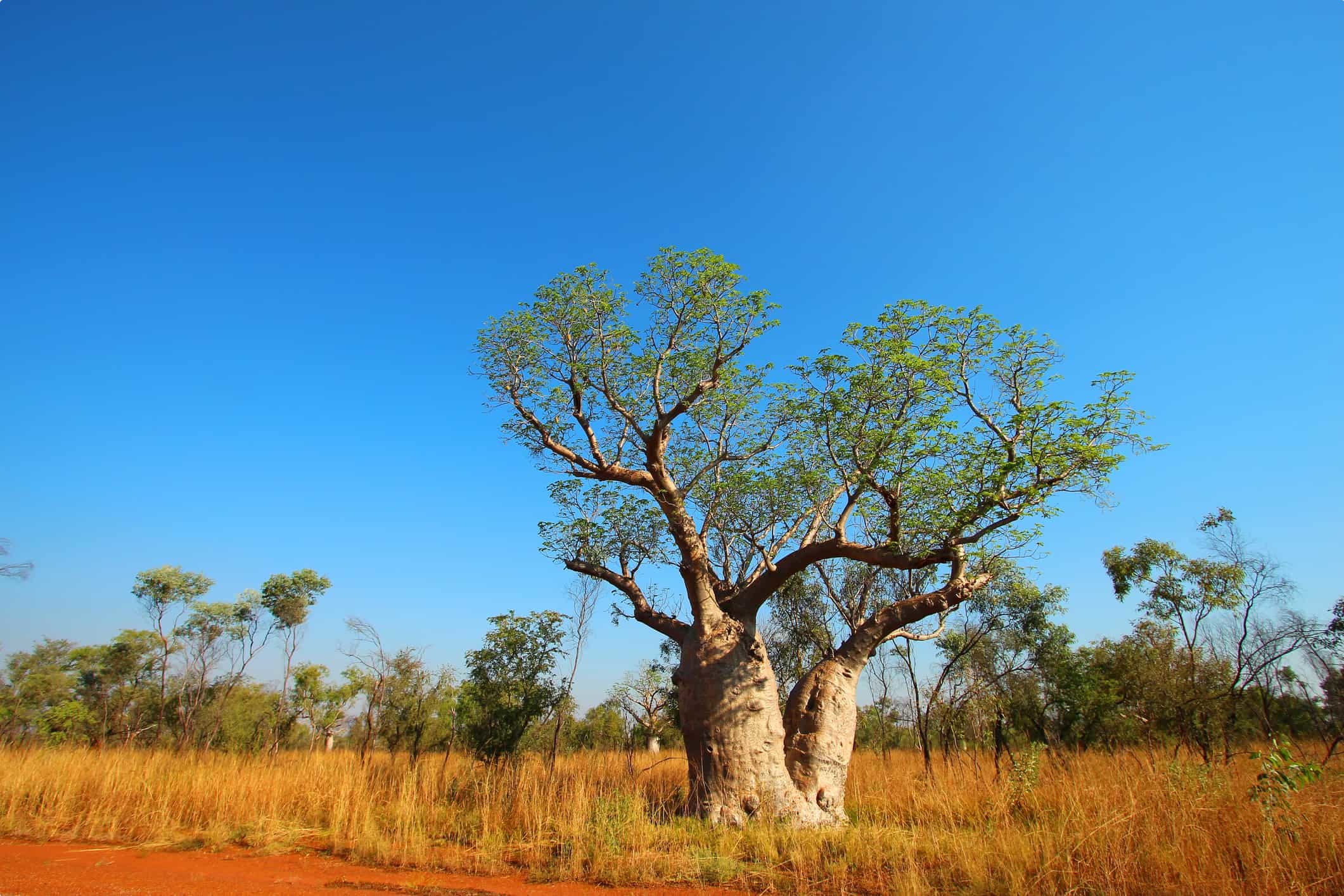
FAQs
What type of food do they eat in Australia?
Vegemite is the most common one that ‘foreigners’ discover. Vegemite is a dark brown paste made from various vegetables, yeast extract and spice additives. It is a bit like marmite in the UK.
Besides other Australian favourites like fairly bread, meat pies, lamingtons, chicken parmigiana and TimTam’s, as a modern nation of large-scale immigration, Australia has a unique blend of culinary contributions and adaptations from various cultures around the world, including British, European, Asian and Middle Eastern.

FAQs
Where should you visit in Australia:
Sydney: Considered by many the most beautiful city in the world. Walk across the Harbour Bridge, picnic in the Botanical Gardens, walk around Circular Quay and admire the Opera House, take the ferry over to Manly, explore The Rocks District, and my favourite – the Bondi Beach to Coogee Beach coastal walk!
Melbourne: Melbourne is a blend of bustling laneways, world-class restaurants, and captivating museums. If you have a love of coffee, art, sport and food – Melbourne is the place for you.
The Whitsunday Islands: In the Heart of the Great Barrier Reef, you will find the island wonders of the Whitsunday Islands. The majority of these majestic islands are uninhabited national park islands, with several islands offering a variety of resort accommodation or back-to-basics camping, all with the Great Barrier Reef and fringing coral reefs at their doorstep. The largest island in the group, Whitsunday Island, is home to world-renowned Whitehaven Beach and Hill Inlet.
Margaret River region: South of Perth, Western Australia, you will find beautiful undisturbed landscapes, fine wines and culinary delights in and around Margaret River. White sandy beached and inviting clear blue oceans meets ancient forests with caves of wonder.
South Australia and the Flinders Ranges: A place rich in Aboriginal history and home to a vast array of wildlife, the rugged, weathered peaks and rocky gorges of the Flinders Ranges in outback South Australia form some of the most dramatic and beautiful landscapes in the country. Adelaide, South Australia’s cosmopolitan coastal capital, is located south and about 5 hours’ drive away.
Alice Springs and Uluru: Part of the red centre, a name given to the southern desert region of the Northern Territory in Australia, Alice Springs is a remote town with a small population of 25,000. Alice Springs is as famous for the personality of its locals and contemporary and traditional art as the natural wonders, including the stunning Larapinta Trail and the MacDonnell Ranges, which surround it. Uluru, or Ayers Rock, is located 450 km away and is one of Australia’s most recognisable landmarks.
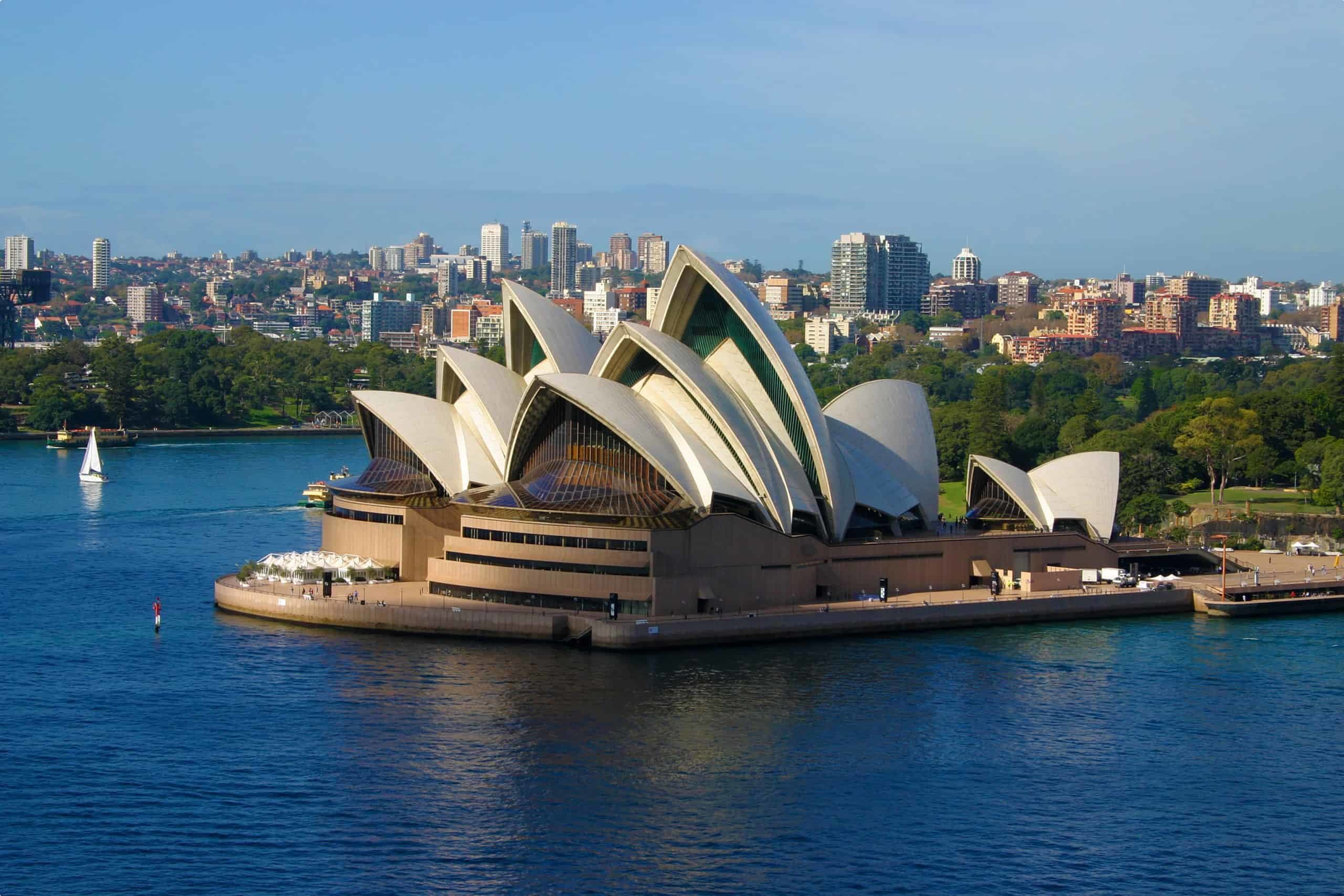
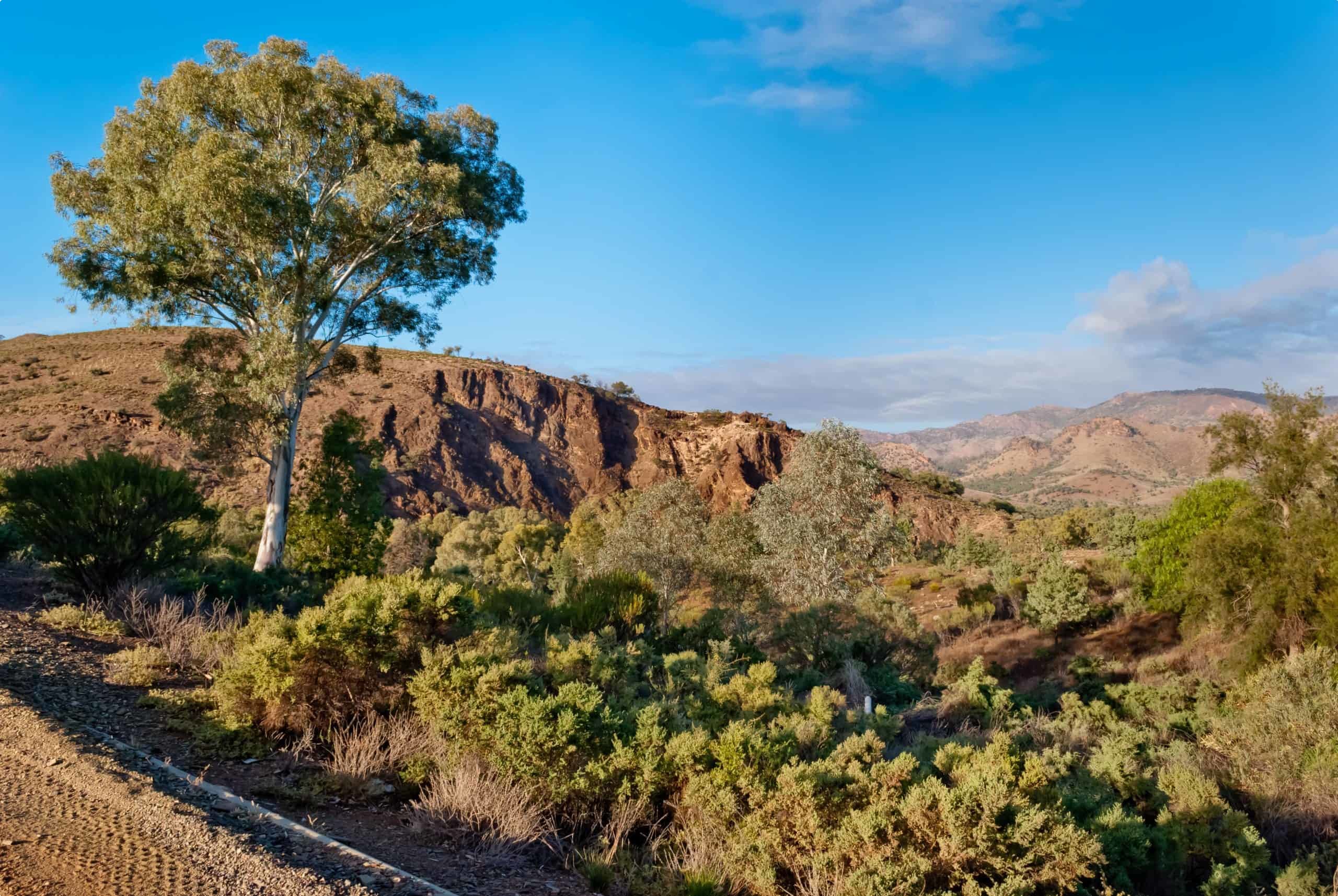
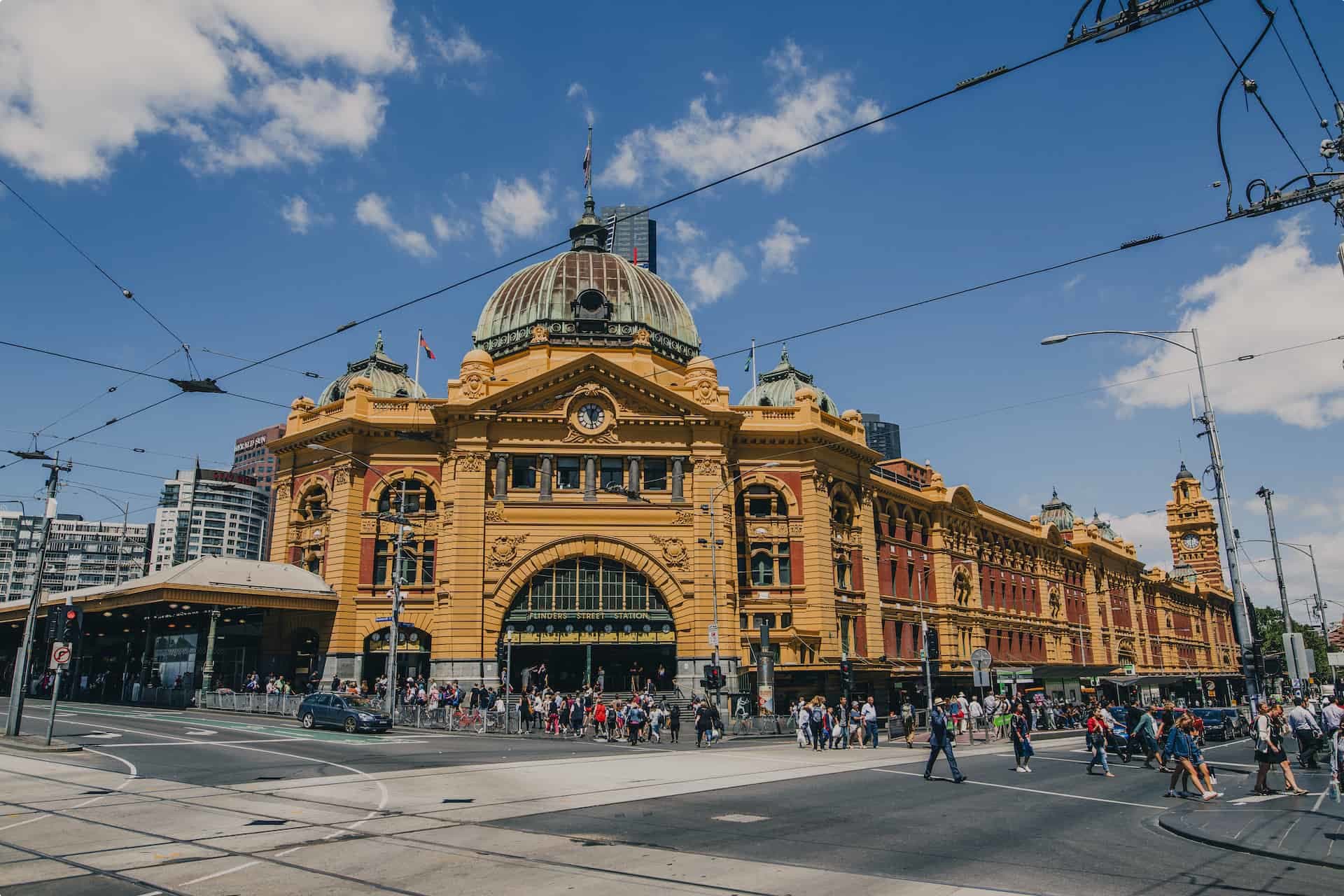
FAQs
When is the best time of the year to visit Australia?
The best time to visit Australia depends on the area you plan to see. Australia has two climates, the north half is driest and most accessible between April and September, changing to hot and humid from October to March.
In the southern half of Australia, the summer months (December to February) bring hot weather. Autumn (March to May) is also a lovely time, with numerous festivals and the busy grape harvest. Winter (June to August) is less busy and generally attracts a temperate climate that’s ideal for hiking, while spring (September to November) often sees more wildlife activity.

